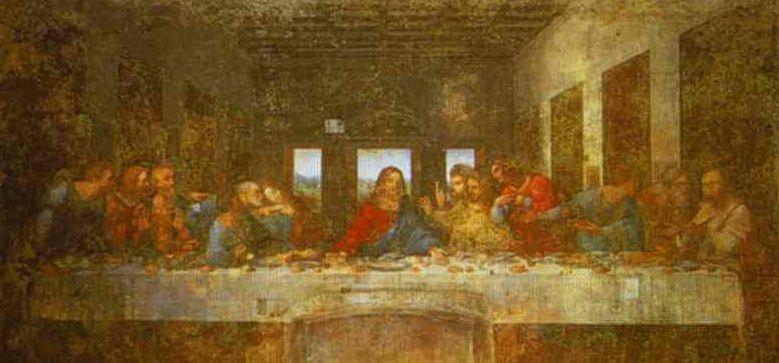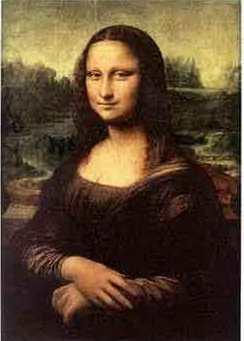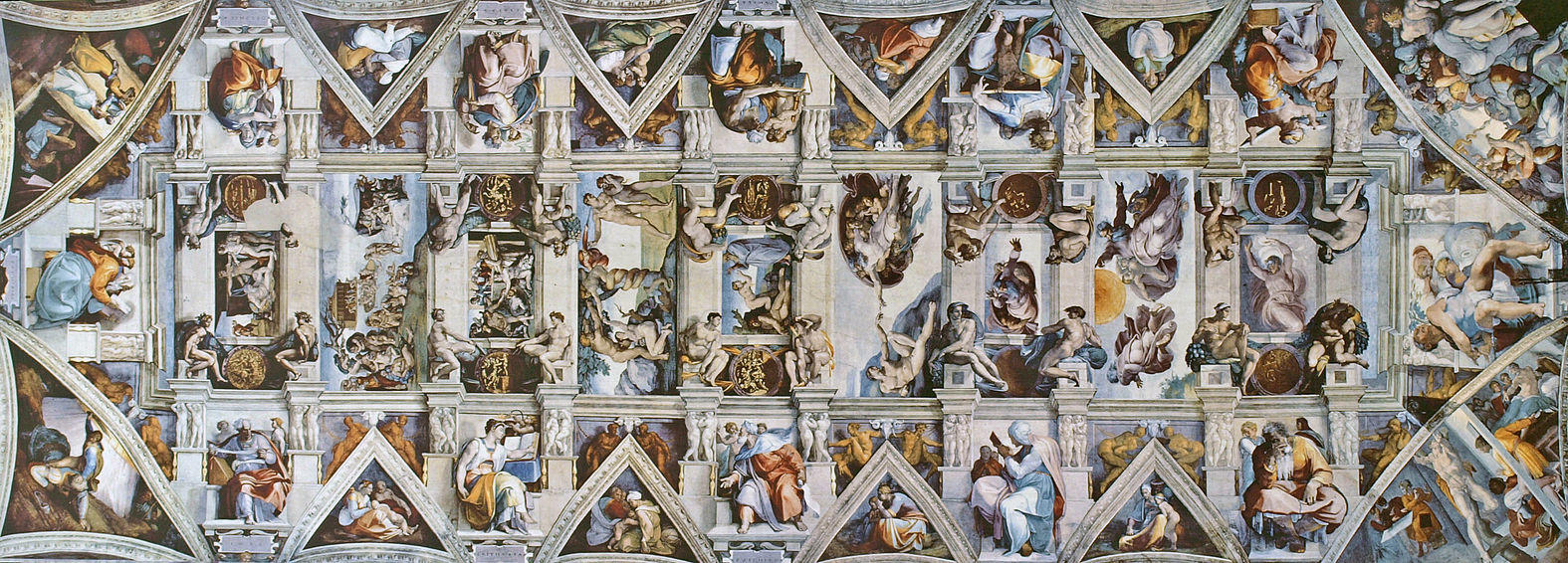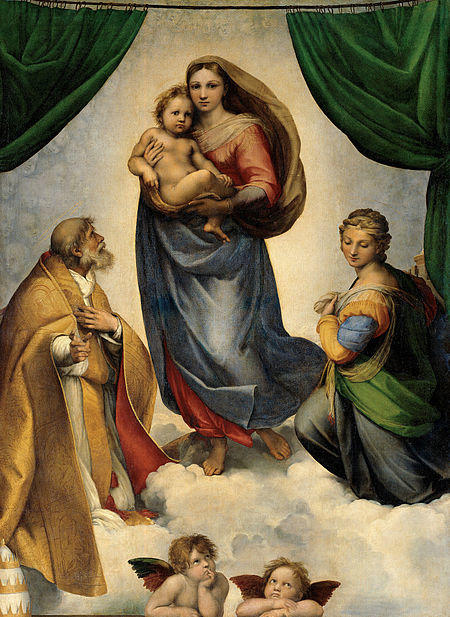Introduction
Leonardo da Vinci, a Renaissance artist, inventor, and scientist, is often considered to be the most brilliant and versatile geniuses in human history. Born in Italy in 1452, Leonardo excelled in a wide range of fields: painting, sculpture, architecture, engineering, anatomy, and more. He is also known for his scientific studies and inventions, such as flying machines and military weapons. This short essay on Leonardo da Vinci contains basic facts of the artist’s biography, explains the importance of his inventions, and analyzes Leonardo’s art style.
Leonardo da Vinci Biography
Leonardo da Vinci was a great Italian sculptor, artist, painter, and mathematician. Many historians “consider Leonardo as one of the most talented and intelligent men who ever lived” (Tracy 43). Leonardo was born on April 15, 1452. He was born in Vinci, Italy. Leonardo’s father and his stepmother took care of him as a child. By the age of 14, Leonardo was working with a famous Italian artist named Verrochio. Leonardo “gained new technical skills such as painting, sculpturing, and metalworking” (Tracy 48).
The artist had already established his workshop at the age of 20. Leonard painted some of his masterpieces between 1480 and1500. The artist continued to create new works of art from 1500. He painted “The Last Supper” during this time. The artist also painted “Mona Lisa” between 1503 and 1507. This “painting was a privately commissioned piece of work” (Mack 19). According to many historians, Leonardo considered every aspect of art to produce the best works. Leonardo da Vinci also contributed a lot to the Renaissance period of art.


Leonardo da Vinci Art Style
Leonardo da Vinci’s style of art was the High Italian Renaissance. This style of art occurred in Italy from 1490 to 1527. The style of art presented new ideas and qualities. Every artist during the period produced exceptional artistic qualities. The style portrayed a great change in European’s culture. The proponents of “the High Renaissance style wanted to attack the political and religious tensions encountered in Europe during the period” (Rolland 64). The tension influenced many sculptors and painters throughout Europe and Italy. Most of the painters in this style wanted to portray beauty and harmony. The style ensured every piece of art was perfect. Humanism also “became a common practice because every artist wanted to glorify man” (Mack 35).


Most of the Renaissance “painters and sculptors produced pieces of art that glorified human beings instead of God” (Rolland 18). Many religious painting such as the “Last Supper” glorified man. Michelangelo was the master of Italian oil painting (Rolland 28). Michelangelo produced some great works of art such as “Sistine Chapel Ceiling”. The other Renaissance artist was Raphael. Raphael produced some famous paintings such as “Sistine Madonna” and “Transfiguration”. Donato Bramante was also a famous High Renaissance painter (Mack 57).
Leonardo da Vinci: Personal Reflection
I have gained new ideas from the life of this artist. Leonardo was a genius because he explored new concepts and ideas in art. He worked hard to achieve his goals as a great Italian artist. I have understood how to think widely and critically in order to achieve my goals. My favorite artwork from Leonardo is “The Last Supper”. This “painting combines every aspect of a good artwork” (Cremante 83). The artwork also portrays every quality of a powerful piece of art. I already knew much about Leonardo da Vinci as a great painter before undertaking this exercise. I have used this knowledge to explore everything about Leonardo’s life and artworks. The artistic style I like the best is the High Italian Renaissance. The style marked a new beginning in the world of art. I am planning to read more books and articles to understand this period of art much better. I will also explore other styles of art such as impressionism, cubism, and surrealism. Such styles played a critical role towards reshaping the world of art.
Works Cited
Cremante, Simona. Leonardo da Vinci: Artist, Scientist, Inventor. London: Giunti, 2005. Print.
Mack, Charles. Looking at the Renaissance: Essays toward a Contextual Appreciation. Ann Arbor: University of Michigan Press, 2005. Print.
Rolland, Romain. Michelangelo. New York: BiblioLife, 2009. Print.
Tracy, Kathleen. Leonardo da Vinci. New York: Mitchell Lane Publishers, 2008. Print.
